In the middle of the East China Sea, off the coast of Nagasaki, lies a place shrouded in mystery and history—Hashima Island, also known as Gunkanjima or “Warship Island.” At first glance, the island resembles a battleship, its decaying concrete buildings jutting out from the sea. Once the epicenter of Japan’s industrial revolution, this ghost island now stands as a haunting reminder of ambition, tragedy, and abandonment. For over a century, Hashima played a pivotal role in fueling Japan’s economic growth. Yet, its dark history and sudden fall make it one of the most intriguing places on Earth.
The Rise of Hashima: A Story of Ambition
Hashima’s transformation began in the late 1800s when rich deposits of coal were discovered beneath the island. Known for its high-quality coal, the island became a hotbed of industrial activity, attracting mining companies eager to capitalize on its potential. By 1890, Mitsubishi Corporation had acquired the mine for 100,000 yen under the guidance of Scottish businessman Thomas Blake Glover, launching a new chapter in Hashima’s story.
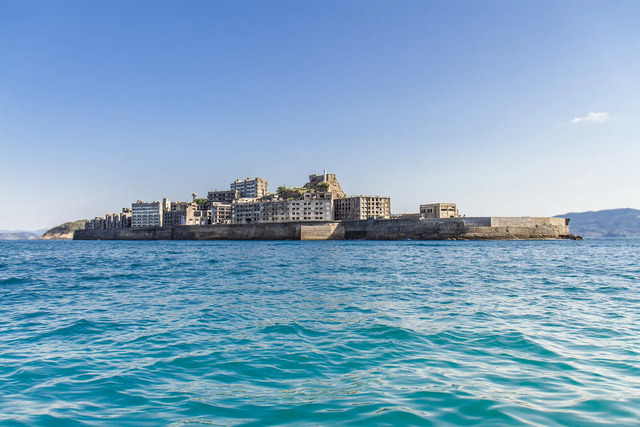
To protect the island from harsh weather, Mitsubishi undertook extensive expansions, constructing concrete breakwaters and artificial land extensions. These efforts paved the way for the development of residential and mining infrastructure. By 1916, the island was home to the world’s first reinforced concrete apartment building, designed to house workers and withstand typhoons. Over the decades, Hashima evolved into a densely populated industrial hub—a symbol of Japan’s ambition during its industrial revolution.
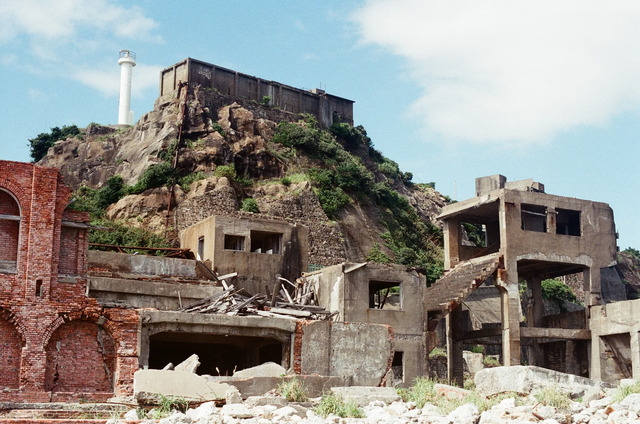
Video:
Living on Hashima: Life in the World’s Most Crowded Town
At its peak in the 1950s, Hashima became the most densely populated place on Earth, with over 5,000 residents packed into just 16 acres. Narrow streets wound through towering buildings, creating an urban labyrinth where every inch of space was utilized. Kilometers of underground tunnels connected various parts of the island, while markets and small businesses flourished in the crowded alleys.
Life on Hashima, however, was far from idyllic. The air was thick with coal dust, clinging to residents’ skin in the island’s oppressive humidity, which often reached 95%. Fires were common, and illnesses caused by the harsh environment plagued the population. Despite these challenges, the community thrived in its own way. Facilities such as hospitals, schools, and even a gambling hall were built to accommodate the growing population. Children played in the island’s central courtyard, and families gathered for festivals, creating a fragile sense of normalcy in an otherwise extreme environment.
One of the island’s most infamous features was its massive staircase, known locally as the “Stairway to Hell.” Leading from the depths of the mines to the highest point on the island, the staircase was both a physical and symbolic representation of the workers’ arduous lives.
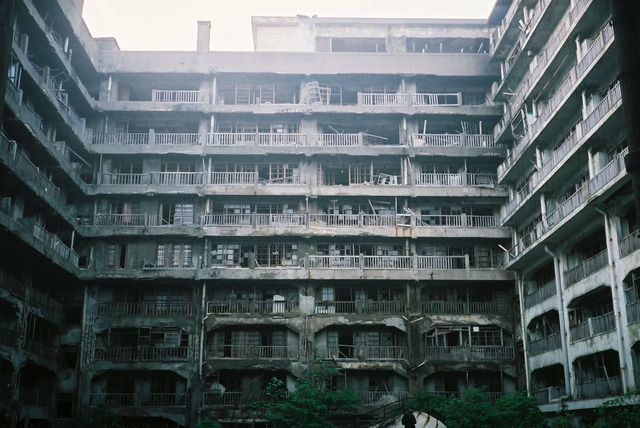
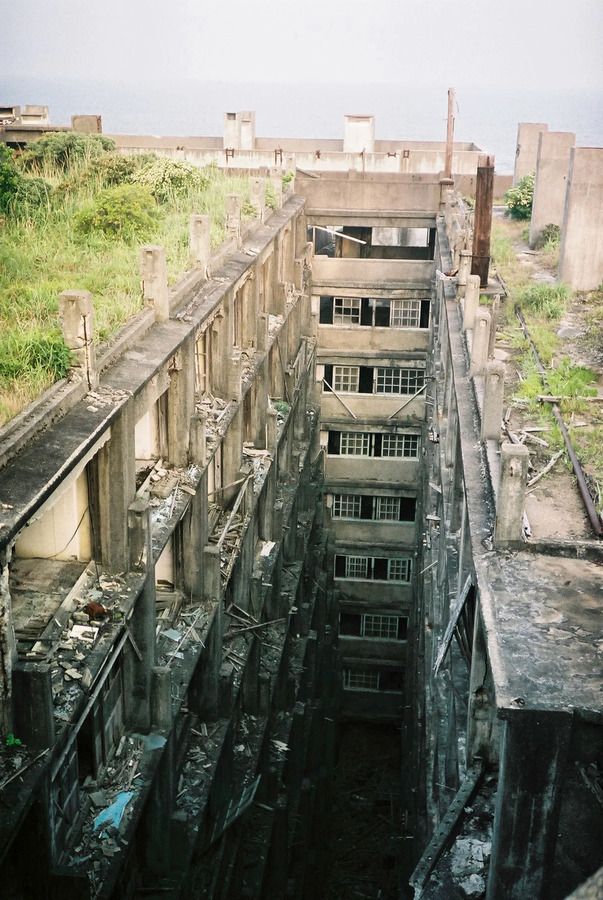
The Dark Side: Forced Labor and Controversy
While Hashima was a beacon of industrial innovation, its history has a darker side. During World War II, the island became a site of forced labor, where Korean and Chinese prisoners were made to work under brutal conditions. These laborers were subjected to inhumane treatment, often performing the most dangerous tasks in the mines. Escape was nearly impossible, as the surrounding sea acted as a natural barrier, and attempts to flee often ended in death.
This chapter in Hashima’s history remains a contentious issue. In 2015, when UNESCO designated Hashima as a World Heritage Site for its role in Japan’s industrial revolution, it sparked protests from South Korea and China. Activists argued that Japan had not fully acknowledged the forced labor that occurred on the island, leading to ongoing diplomatic tensions.
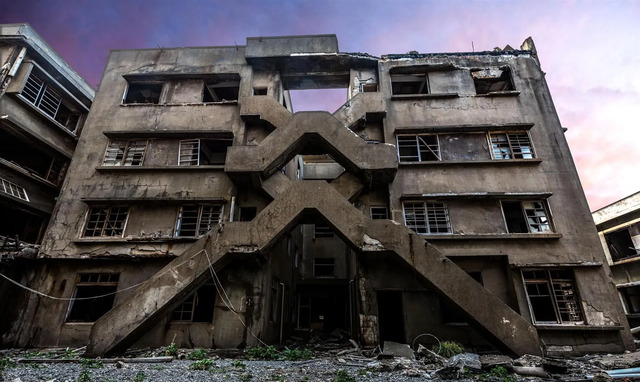
Decline and Abandonment: The Fall of Hashima
By the 1960s, Japan’s energy sector began to shift from coal to petroleum, leading to a decline in demand for coal. As the mines on Hashima became less profitable, the island’s population gradually dwindled. On April 20, 1974, Mitsubishi officially shut down its operations, marking the end of an era. Residents were forced to evacuate, leaving behind their homes, belongings, and memories.
The sudden abandonment transformed Hashima into a ghost town. Decaying buildings, empty schools, and remnants of daily life remain scattered across the island, creating an eerie snapshot of its once-bustling community. The harsh sea air and relentless weather have further eroded the infrastructure, giving Hashima its haunting, post-apocalyptic appearance.

Hashima’s Second Life: A Symbol of Urban Decay
In the years following its abandonment, Hashima became a place of fascination for urban explorers and photographers. Its crumbling buildings and desolate streets have made it a popular subject for documenting urban decay. The island’s unique atmosphere also caught the attention of filmmakers, most notably serving as a filming location for the James Bond movie Skyfall.
Since 2005, efforts have been made to stabilize the island and make it accessible to tourists. Guided tours allow visitors to explore specific areas of Hashima, providing a glimpse into its storied past. While many buildings remain off-limits due to safety concerns, the island continues to draw thousands of visitors each year, captivated by its haunting beauty and historical significance.
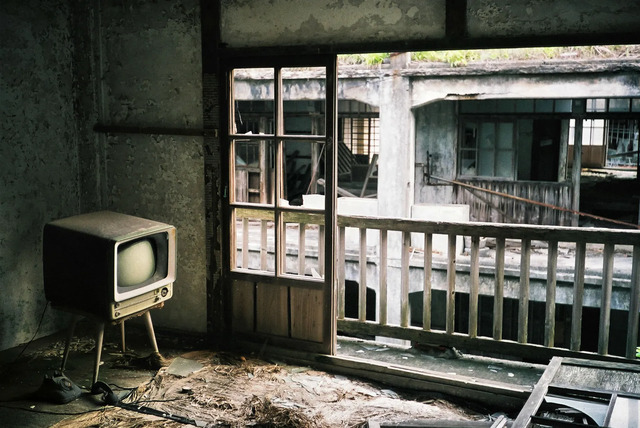
Lessons from Hashima: The Costs of Industrialization
Hashima Island is more than a relic of Japan’s industrial past—it is a stark reminder of the costs of rapid development. The island’s story highlights the environmental and human toll of industrialization, from the exploitation of natural resources to the lives lost in dangerous working conditions.
For modern societies, Hashima serves as a cautionary tale. It underscores the importance of sustainability and ethical practices in development, reminding us that progress should not come at the expense of human dignity or environmental preservation.

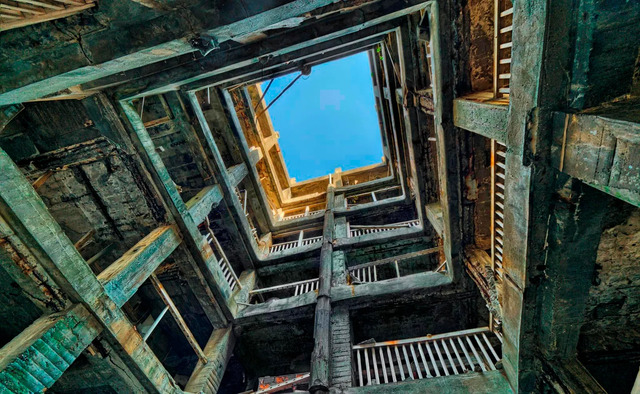
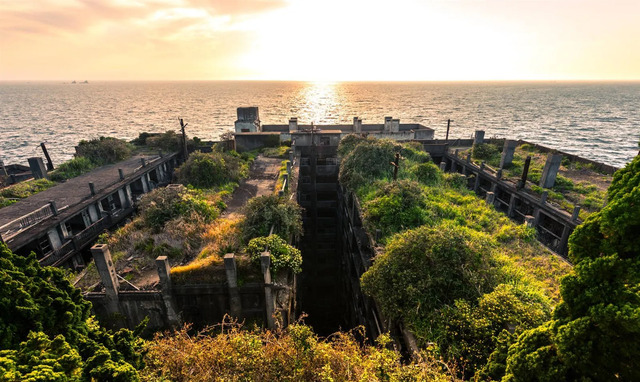
Conclusion: A Ghost Island’s Enduring Story
Today, Hashima stands as a testament to both human ambition and resilience. Its towering ruins and haunting history continue to captivate the imagination, offering a rare window into a world shaped by industry and struggle. As visitors step onto its shores, they are transported back in time, confronted by the echoes of a once-thriving community and the shadows of its darker chapters. Hashima Island may be abandoned, but its story endures—etched into the concrete walls and whispered by the winds that still sweep across its desolate streets.
